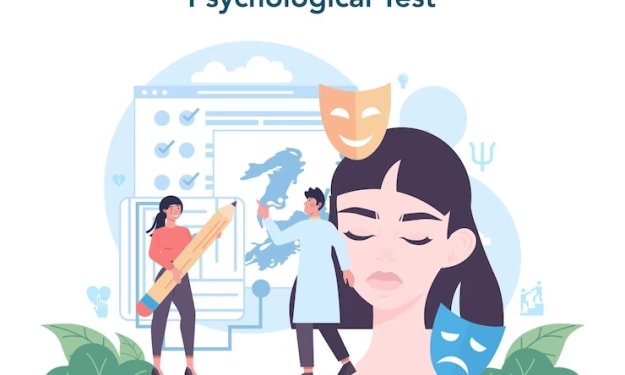Upgrading Learning Results and Encounters through Different Insight Hypothesis and Practice
Use of multiple intelligence in the classroom

Various information is a speculation that suggests that human understanding is most certainly not a singular, fixed, and quantifiable component, yet rather a baffling and different game plan of limits that can be made and imparted in different ways. The speculation was made by Howard Gardner, a clinician and educator at Harvard School, who recognized eight kinds of information: phonetic, rational mathematical, melodic, spatial, genuine sensation, social, intrapersonal, and naturalistic.
According to Gardner, each individual has a momentous mix of these experiences, which can vary in strength and tendency. He also suggested that education should not be based on a narrow, standardized educational plan that emphasizes just a few kinds of knowledge, but rather on a broad, adaptable plan that takes into account and supports the variety of students.
Including a variety of knowledge in the homeroom can have many advantages for both teachers and students. Among them are:
It can help teachers with understanding their students better and architect their direction to their necessities and tendencies. For example, an educator can use MI assessment gadgets to perceive the common understanding of each and every student and plan practices that suit them. This can work on the sufficiency and efficiency of teaching and learning, as students will undoubtedly attract with materials that match their learning styles and interests.
It can help students with cultivating their conceivable in different districts and track down new gifts and interests. For example, a student who is strong in melodic information can learn math through tunes and rhythms, while a strong in spatial student knowledge can learn history through guides and blueprints. This can overhaul the motivation and fulfillment of learning, as students are encouraged to research and impart their various limits and interests.
It can develop a positive and thorough learning environment where students respect and worth each other's differences and limits. For example, a teacher can make supportive learning packs where students with different experiences coordinate and gain from each other. This can propel the social and energetic improvement of students, as they sort out some way to collaborate, convey, and sympathize with others.
With everything taken into account, including various information in the homeroom is a huge strategy for further developing learning results and experiences for the two teachers and students. It can help them with understanding themselves as well as others better, encourage their resources and overcome their weaknesses, and value learning in various ways.
Various information is a speculation that suggests that human understanding is certainly not a lone, fixed, and quantifiable component, yet rather a puzzling and different plan of limits that can be made and imparted in different ways. The speculation was made by Howard Gardner, a clinician and educator at Harvard School, who recognized eight kinds of information: phonetic, rational mathematical, melodic, spatial, genuine sensation, social, intrapersonal, and naturalistic.
According to Gardner, each individual has a momentous mix of these experiences, which can vary in strength and tendency. He also suggested that education should not be based on a narrow, standardized educational plan that emphasizes just a few kinds of knowledge, but rather on a broad, adaptable plan that takes into account and supports the variety of students.
Including a variety of knowledge in the homeroom can have many advantages for both teachers and students. Among them are:
It can help instructors with understanding their students better and designer their direction to their necessities and tendencies. For example, an educator can use MI assessment gadgets to perceive the common understanding of each and every student and plan practices that suit them. This can work on the sufficiency and efficiency of teaching and learning, as students will undoubtedly attract with materials that match their learning styles and interests.
It can help students with cultivating their conceivable in different districts and track down new gifts and interests. For example, a student who is strong in melodic information can learn math through tunes and rhythms, while a strong in spatial student knowledge can learn history through guides and blueprints. This can overhaul the motivation and fulfillment of learning, as students are encouraged to research and impart their various limits and interests.
It can develop a positive and thorough learning environment where students respect and worth each other's differences and limits. For example, a teacher can make supportive learning packs where students with different experiences coordinate and gain from each other. This can propel the social and energetic improvement of students, as they sort out some way to collaborate, convey, and sympathize with others.
With everything taken into account, including various information in the homeroom is a huge strategy for further developing learning results and experiences for the two teachers and students. It can help them with understanding themselves as well as others better, encourage their resources and overcome their weaknesses, and value learning in various ways.
About the Creator
Nataliya Ozerova
I love topics on history, science and everything beyond human understanding, to learn something new and get surprised every day,I also like healthy lifestyle, politics, law, educational(20 years of being a teacher) and psychological topics.






Comments
There are no comments for this story
Be the first to respond and start the conversation.